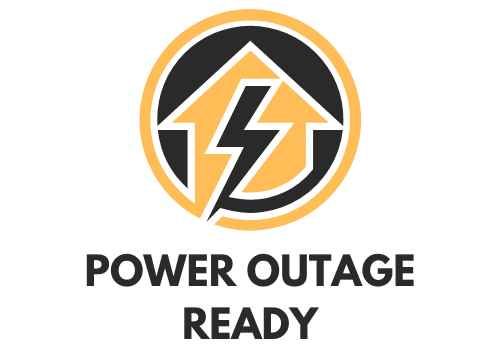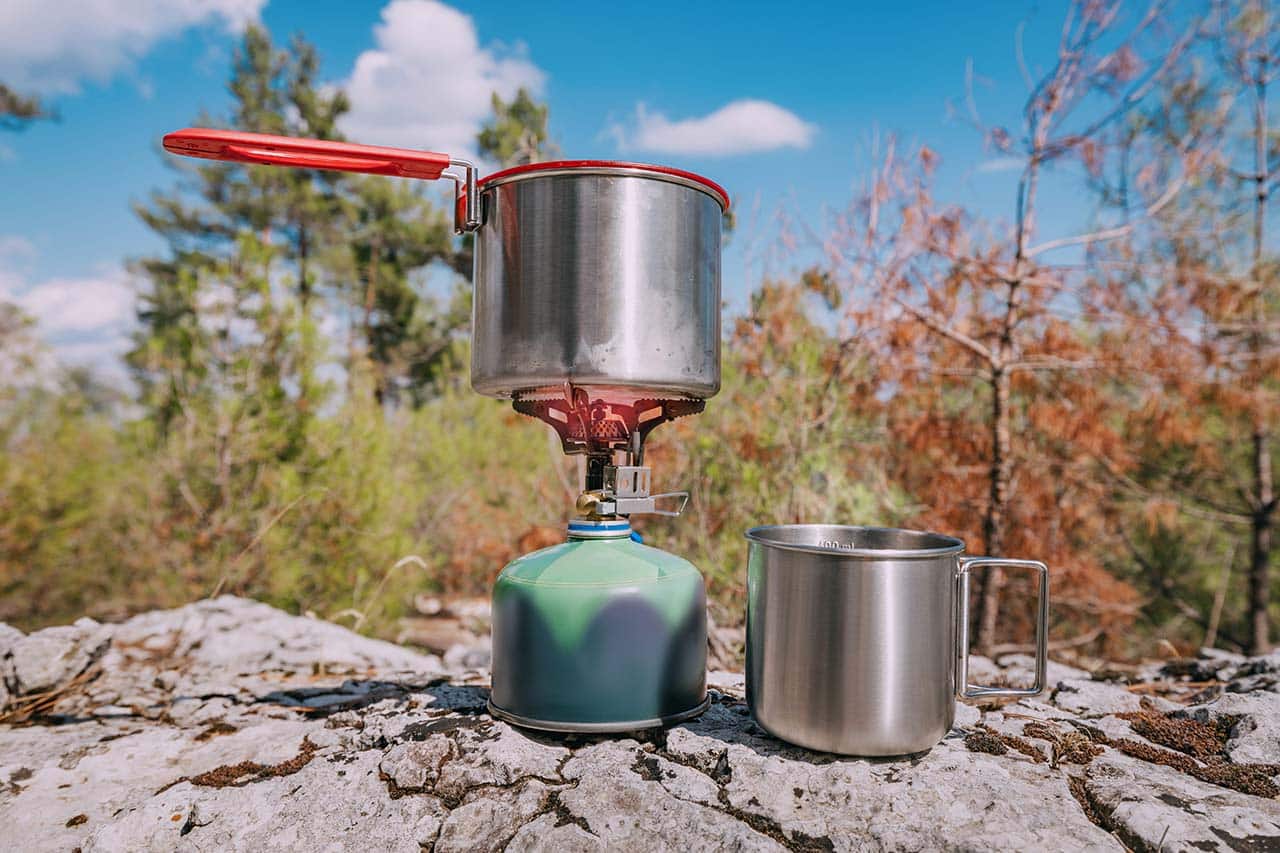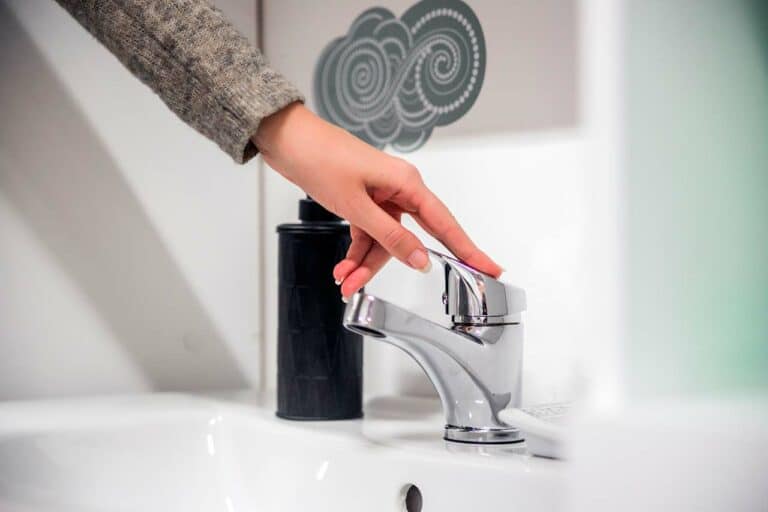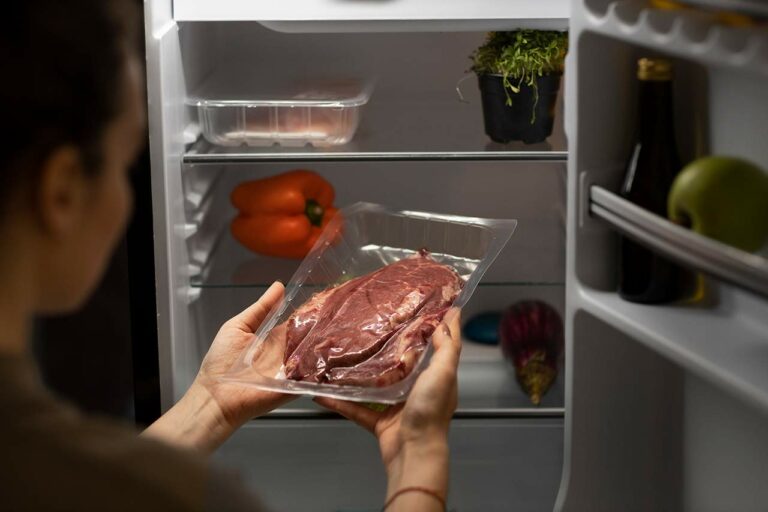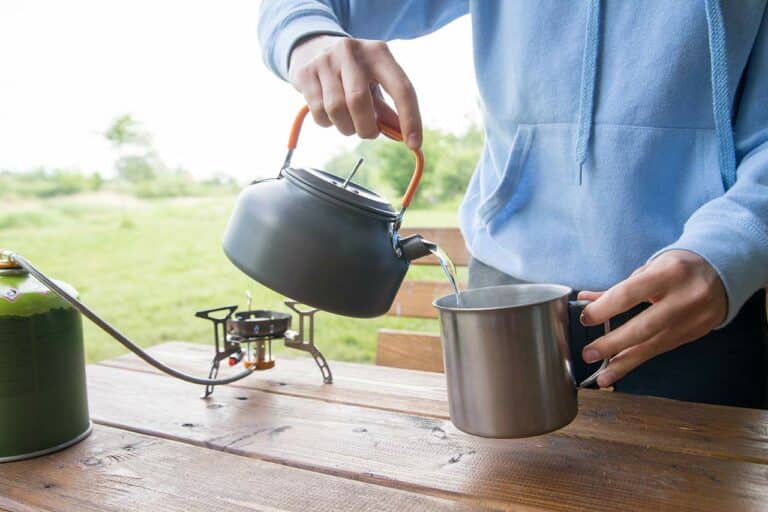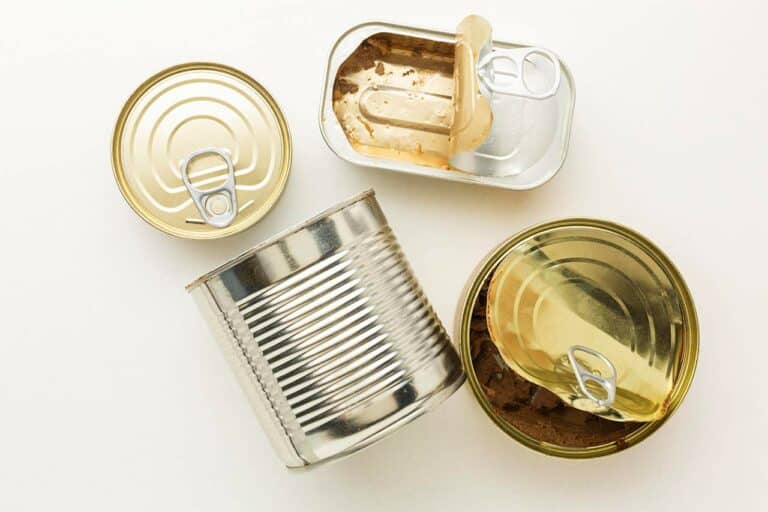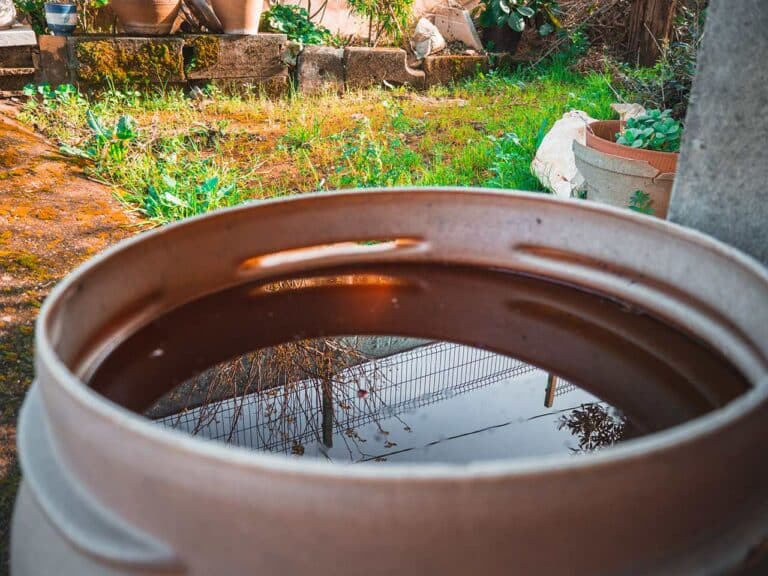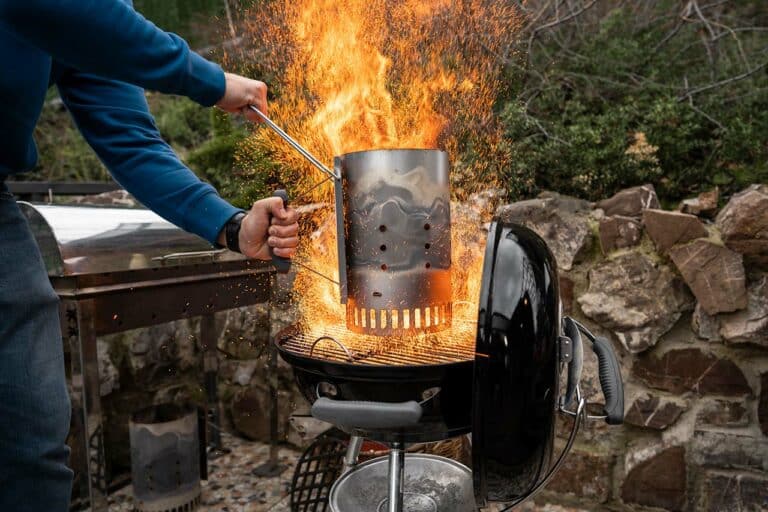Using A Propane Stove Safely During A Power Outage (What To Know)
Power outages can strike unexpectedly, leaving you scrambling to find ways to prepare hot meals without access to electricity. If you’re a homeowner who wants to ensure you can cook during these trying times, a propane stove may be a worthwhile addition to your emergency preparedness kit. These portable and versatile stoves can be extremely useful during power outages, but it’s essential to use them safely to avoid any hazards.
Safety Concerns When Using a Propane Stove
Carbon Monoxide Risk
One of the main safety concerns with propane stoves is the risk of carbon monoxide (CO) poisoning. CO is a colorless, odorless gas that can build up in enclosed spaces and cause serious health issues or even death. To avoid carbon monoxide poisoning, always install a carbon monoxide detector near your propane stove. If the detector goes off or you experience symptoms such as dizziness, headache, or nausea, turn off the stove and get fresh air immediately.
Note: Though you need a carbon monoxide detector near a propane stove, make sure it’s not too near. Since propane stoves always emit some carbon monoxide, having your detector too close can result in false alarms.
For the best results, keep your CO detector 10 to 15 feet from a propane stove in use.
Proper Ventilation Requirements
Proper ventilation is crucial for your safety when using a propane stove during a power outage. Ensure that there is adequate airflow in the room by opening windows or doors. If your propane stove has a venting system, make sure it’s functioning correctly. Double-check that any vents aren’t blocked by debris or other objects. If you’re using a portable propane stove, avoid using it in small, enclosed spaces. Also, keep it away from flammable materials.
Use of Fire Extinguisher
Accidents can happen, so it’s essential to be prepared in case a fire starts while using a propane stove. Keep a fire extinguisher within easy reach and know how to use it. Familiarize yourself with the different types of fire extinguishers as not all are suitable for extinguishing fires involving propane. An ABC-rated extinguisher is your best bet, as it works on multiple fire classes, including those caused by propane.
Setting the Stove on Low
For increased safety during a power outage, it’s a good idea to use the low setting on your propane stove. This setting uses less propane, reducing potential hazards related to leaks or flare-ups. Stick to using the top burners if possible, as oven use can increase the risk of carbon monoxide poisoning. Remember to always keep an eye on your stove while it’s in use, even when set on low.
Take it Outside
You can reduce most of the risks involved with use of a propane stove by never using one indoors. If at all possible, take your propane stove outside to cook during a power outage. While it may be inconvenient, it is much, much safer, and the last thing you need during a power outage is more problems.
Using Propane Stoves During Power Outages
Stove Choices
When it comes to propane stoves, there are several types to consider. The most common are single-burner stoves. This is probably what you think of when you think of a “propane stove.” But you do have some options when it comes to propane cooktops.
Portable Single-Burner Stoves
Compact and lightweight, these are perfect for short trips, camping, or emergency kits. They’re easy to set up and use a small propane canister as fuel.
Freestanding Propane Ranges
These are more substantial, resembling your home’s traditional stove. Typically designed with multiple burners and sometimes an oven, they can be used for regular cooking. They connect to larger propane tanks and are ideal for extended power outages or off-grid living.
Tabletop Grills
While primarily used for grilling, these can also function as stoves in emergencies. They offer a larger cooking surface and use medium-sized propane tanks.
Propane Oven Stoves
Combining the functionality of both an oven and a stove, these units are great for baking and cooking. They can be bulkier but offer more versatility in preparing different types of dishes.
Backpacking Stoves
These are ultralight stoves designed for backpackers. While not typically used in homes, they can serve as emergency stoves due to their compact nature. They typically use small propane canisters.
Essential Tools and Backup
Along with the stove itself, you’ll want to keep a few more things on hand to make sure your propane stove is ready and safe to use when you need it.
- Extra propane tanks
- Matches or a lighter to ignite the stove manually
- Carbon monoxide detector
- Fire extinguisher
Other Safety Considerations
No matter what type of propane stove you use, there are a few other safety considerations that apply.
Storage of Propane Canisters
Store propane tanks in a cool, well-ventilated space, away from direct sunlight or other heat sources. They should be kept upright and off the ground, ideally on a non-flammable surface.
Routine Inspections
Before every use, especially after a prolonged period, inspect the stove and propane tank for any visible damage, leaks, or wear. Regularly checking hoses and connections can help detect issues before they become problematic.
Avoiding Overfilling
When refilling a propane tank, ensure it’s not overfilled. The propane needs room to expand. Most tanks have overfill protection devices, but it’s always good to be cautious.
The Power of Propane
Propane stoves, when utilized correctly, can be a beacon of hope, or at least good meals, during unexpected power outages. Yet, as with any fuel-based appliance, safety must always come first.
In times of emergencies, it’s not just about having the right tools, but about knowing how to use them and doing so wisely. By following these safety measures and understanding your stove options, you can navigate power outages with greater confidence and security.
